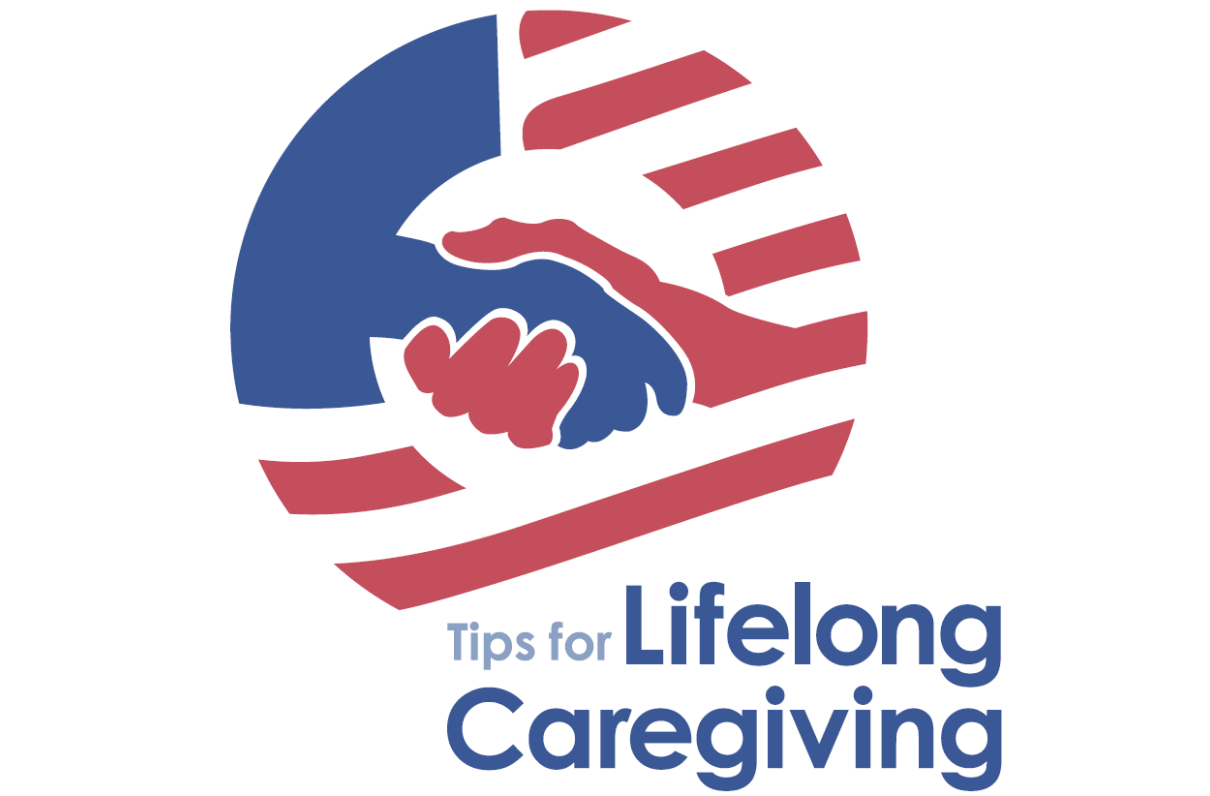This article by Linda F. Hersey originally appeared on Stripes.com. Stars and Stripes serves the U.S. military community by providing editorially independent news and information around the world.
WASHINGTON — The delivery of benefits to veterans exposed to burn pits and other toxins from military service reached a milestone Tuesday, with the Department of Veterans Affairs announcing one million claims totaling $5.7 billion have been awarded to former service members.
More than 880,000 veterans and their survivors have received military service-connected services and benefits under the Sergeant First Class Heath Robinson Honoring our Promise to Address Comprehensive Toxics Act, known as the PACT Act, which was signed into law two years ago.
The VA released a state-by-state list Tuesday showing the number of claims that the VA has paid to veterans since 2022. Texas led with more than 110,000, followed by Florida at 88,000 and California at 74,000.
Veterans seeking benefits related to an illness or injury from military service are assigned a disability rating of 0-100% prior to an award decision. The average service-connected disability rating under the PACT Act is 70%, which results in $20,000 in yearly benefits, according to the VA.
The toxic exposures fund for compensating disabled veterans is projected to provide more than $24.5 billion in benefits in fiscal 2025, up $4 billion from this year.
The VA disability claim for Bradford Blodgett, a Vietnam War-era veteran exposed to Agent Orange, is among the one million approved.
Blodgett, who was a sergeant in the Air Force from 1966-1970, worked on underground communication lines at Korat Royal Thai Air Force Base in Thailand during the war. He would watch U.S. military planes pass overhead spraying herbicide to clear the dense jungle, family members said.
[FILING A CLAIM: VA.gov/PACT]
He suffered from multiple myeloma, a rare form of blood cancer, when he died in January in a nursing home in Connecticut at the age of 82, according to his daughter Grace Blodgett.
But his widow Anne Blodgett credits the PACT Act for enabling his disability claim to be processed quickly, according to her daughter. Blodgett’s claim was approved in December 2022, four months after he applied.
“My father’s cancer went from a dormant category to an extremely aggressive cancer, really overnight,” Grace Blodgett said. “He loved the service and his country. But the use of Agent Orange and other defoliants made the last years of his life hell.”
Anne Blodgett is now receiving survivor’s benefits through the PACT Act.
Prior to the law’s passage more than 70% of disability claims for toxic exposures had been denied, according to the VA.
Since the PACT Act was approved, qualifying veterans may be approved after providing information on their diagnosis, years of service and where they served.
Veterans who had contact with a range of hazardous substances – including radioactive materials, asbestos, Agent Orange and burn pits – could qualify for benefits for specific medical conditions without having to prove the connection.
The burden of proof required to receive disability benefits has been lowered under the PACT Act, the VA said in a statement announcing that a million claims were awarded.
The approval rate in 2024 is more than 75%, according to the VA.
[RELATED: More Health Care News From MOAA]
Named after a combat medic who died from a rare form of lung cancer, the PACT Act requires the Department of Veterans Affairs “presume” that certain illnesses — including cancers, skin conditions and respiratory diseases — are connected to exposure. Veterans must have served at specific military installations and other identified locations in the U.S. and around the globe to qualify.
Under the PACT Act, veterans also qualify for free health care at VA hospitals and clinics.
President Joe Biden also was expected to laud the milestone achievement of one million benefit claims awarded to veterans during a speech scheduled for Tuesday afternoon in Nashua, N.H.
Biden has stated he believes carcinogens from burn-pit smoke resulted in the brain cancer diagnosis of his son, Beau Biden, a military veteran who died in 2015. Beau Biden was a major in the Delaware Army National Guard who served at military installations in Iraq where large burn pits were used.
“Vets and their survivors submitted over 2.4 million claims in 2023 — an all-time record. And we’re processing those claims at the fastest rate in history,” VA Secretary Denis McDonough said Monday.
[FROM 2022: President Signs Comprehensive Toxic Exposure Reform Legislation]
McDonough described the legislation as the most significant expansion of benefits for toxic-exposed veterans in decades.
The VA now is following up with veterans who’ve filed forms expressing their intent to file for benefits to make them aware of assistance at veterans organizations for following through with their submissions.
Service eras for eligible veterans span the Vietnam War, the Gulf War, conflicts in Iraq and Afghanistan and any other combat zone post 9/11.
But some Republican lawmakers have criticized spending from the toxic exposures fund as shifting resources away from basic VA functions.
Rep. Mike Bost, R-Ill., chairman of the House Veterans’ Affairs Committee, raised questions last month about whether the large allocations under the PACT Act are affecting the delivery of health care at the VA, which plans to cut full-time staff by 10,000 in fiscal 2025.
“We need to have a serious conversation on how the VA is managing taxpayer dollars. New hiring is cut back or frozen, the health care workforce is shrinking, and construction has flatlined to only two major projects,” he said.
 Tips for Lifelong Caregiving
Tips for Lifelong Caregiving
MOAA has partnered with the Elizabeth Dole Foundation to provide an online resource outlining legal and financial support available to multiple generations of caregivers.
